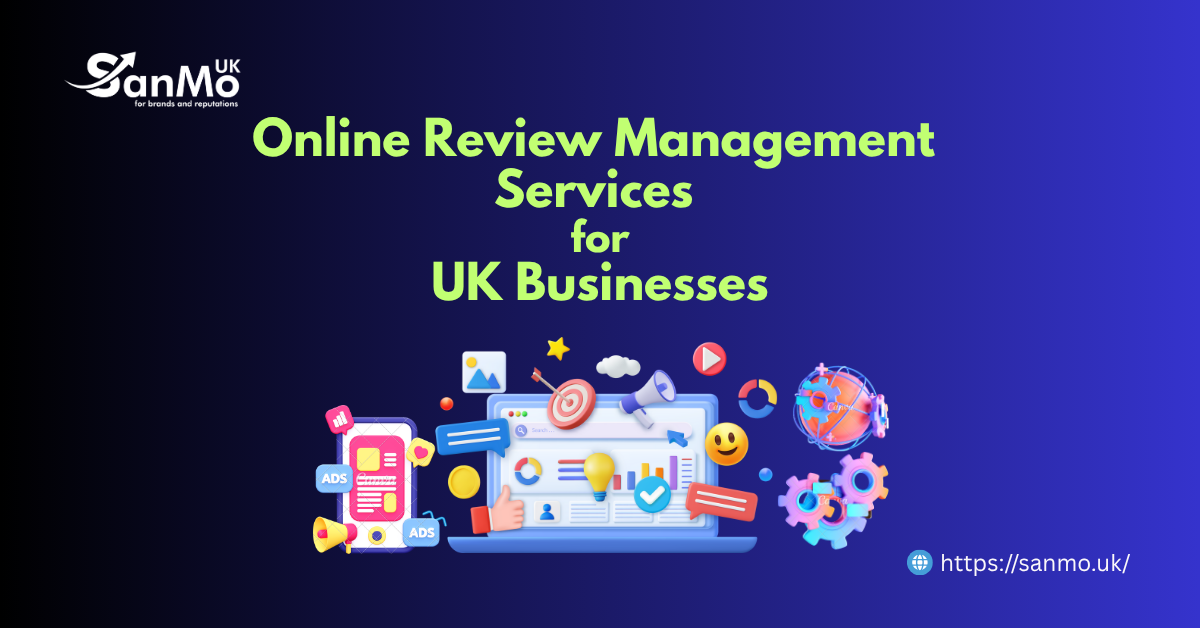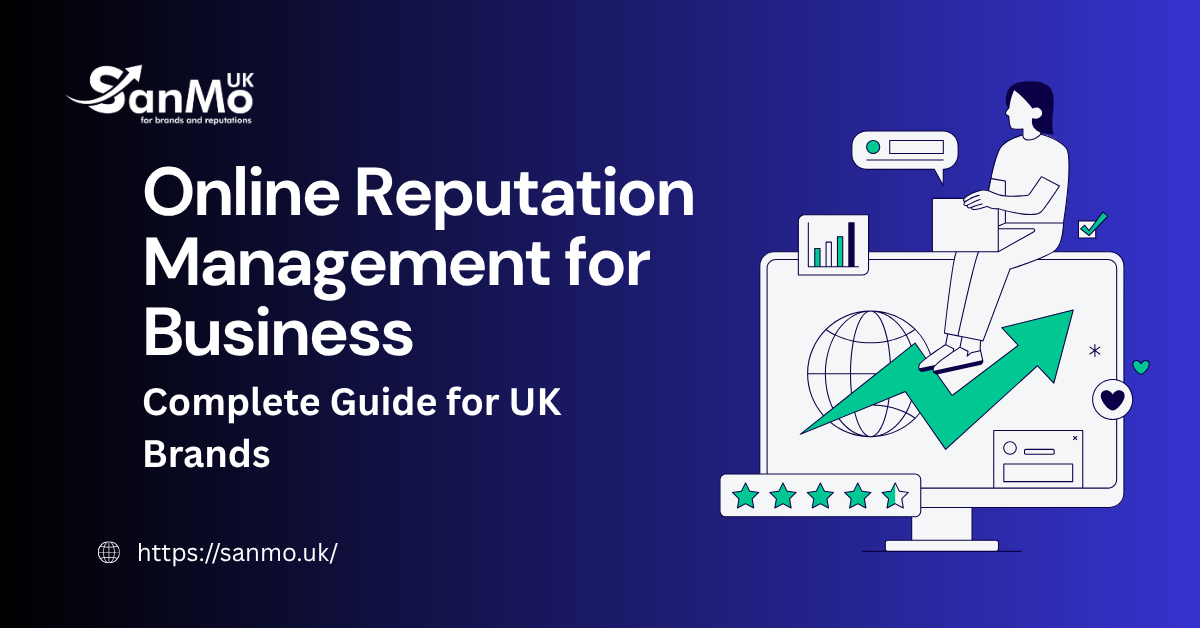When it comes to SEO, it’s easy to feel overwhelmed by all the techniques, tools, and strategies that claim to help you rank higher. The truth is, SEO is a long-term game, and while it’s essential to stay up-to-date with industry trends, you don’t need to be a seasoned expert to implement an advanced SEO strategy that delivers results.
In this post, we’ll break down advanced SEO techniques into easy-to-follow steps that you can apply immediately to speed up your results and boost your rankings.
1. Understand the Core of SEO: It’s About User Intent
Before diving into the nitty-gritty of advanced tactics, it’s important to understand one thing: SEO is all about satisfying user intent. Search engines like Google aim to provide the best possible answers to a user’s query. Therefore, considering your audience as your target is the first step in any SEO plan.
Key actions:
- Conduct keyword research that focuses not only on volume but also on user intent (informational, transactional, navigational).
- Analyze the top-ranking pages for your target keywords to understand the type of content that meets the needs of your audience.
Aligning your content with user intent will increase your website’s visibility and draw in the proper kind of visitors.
2. Optimize Your Content for Search Intent
Once you understand user intent, the next step is optimizing your content for the specific needs of your audience. This involves creating high-quality, in-depth content that directly answers questions, solves problems, or addresses pain points. But what sets advanced SEO apart is optimizing your content to ensure search engines can easily crawl and index it.
Key actions:
- Use comprehensive keyword targeting: Beyond focusing on one primary keyword, identify related terms and use semantic keywords (LSI) throughout your content.
- Structure your content: Use headings (H1, H2, H3) to break up your content for both readability and SEO. Well-structured content is favored by Google and aids in search engines’ comprehension of the page’s flow.
- Include multimedia: To increase the engagement of your material, include pictures, videos, and infographics. Be sure to use descriptive alt text for images and captions for videos to enhance visibility.
Pro Tip: Make use of schema markup to aid search engines in comprehending the context of your material. Adding structured data can improve your chances of showing up in rich snippets and other advanced search features.
3. Improve Technical SEO for Faster Results
While on-page content optimization is crucial, technical SEO ensures that your website is accessible, fast, and user-friendly. Even the greatest content may have trouble ranking without a strong technical base.
Key actions:
- Speed optimization: Google uses page speed as a ranking factor, so make sure your site loads quickly. Optimize page speed by compressing images, enabling lazy loading, and using browser caching.
- Mobile optimization: With mobile-first indexing, your site must be fully responsive. Ensure your design is mobile-friendly, with easy navigation and fast load times on all devices.
- Fix broken links and improve crawlability: Use tools like Google Search Console or Screaming Frog to identify and fix broken links or any crawl issues that might hinder your site’s performance.
Pro Tip: Consider implementing an XML sitemap and robots.txt file to help search engines crawl your site more effectively and prioritize important pages.
4. Build High-Quality Backlinks
Backlinks remain one of the most important ranking factors for SEO. However, not all backlinks are created equal. It’s essential to focus on acquiring high-quality, relevant backlinks from authoritative websites within your niche.
Key actions:
- Content marketing: Create content that others in your industry will want to link to. This could include in-depth guides, case studies, research, or unique insights that add value to your field.
- Outreach: To establish connections and get backlinks, get in touch with other bloggers, influencers, and website owners. Make sure your outreach is tailored to the individual and consistent with the content they currently publish.
- Guest blogging: Participate in respectable websites within your sector. This establishes you as an authority in your niche and aids in the development of backlinks.
Pro Tip: Use tools like Ahrefs or SEMrush to analyze your competitors’ backlinks and discover opportunities to replicate their successful strategies.
5. Leverage Content Freshness and Consistency
Fresh content is one of the advanced SEO tactics that is most often disregarded. Google rewards sites that regularly update and refresh their content. If you’ve got old posts that are still generating traffic, take the time to revise them, add new data, or update outdated information.
Key actions:
- Audit old content: Look for opportunities to refresh older articles with current information or improved optimization techniques.
- Republish content: For evergreen topics, republishing content with updated details can give it a second life and help you climb back into relevant search results.
- Regular content creation: Consistency is key. Publish new, high-quality content on a regular basis to show search engines that your website is active and authoritative.
Pro Tip: When you update old content, ensure you redirect the old URL to the new one if the URL structure changes. This ensures you don’t lose any of the link equity your older posts accumulated.
6. Focus on E-A-T (Expertise, Authoritativeness, Trustworthiness)
Google’s algorithms place increasing emphasis on E-A-T when determining rankings, especially in competitive or sensitive topics (YMYL—Your Money, Your Life—content). Building and maintaining a strong E-A-T profile is crucial for improving your SEO performance.
Key actions:
- Author bios and credentials: If you’re writing about specialized topics, include author bios that showcase qualifications and expertise.
- Secure your website: Ensure your website is SSL-certified (HTTPS). Google prefers secure websites, and users are more likely to trust a site with a secure connection.
- Build trust signals: Add trust signals such as customer reviews, testimonials, social proof, and prominent contact information to increase your site’s credibility.
Pro Tip: Create an “About” page and a clear privacy policy to further establish trustworthiness with both users and search engines.
7. Monitor, Analyze, and Adapt
Because SEO is a constantly evolving field, tactics that are effective today may need to be modified tomorrow. To ensure that your advanced SEO strategy continues to yield results, make sure to regularly monitor your site’s performance and adapt as needed.
Key actions:
- Track rankings: Use tools like Google Analytics, Google Search Console, or RankTrackr to monitor keyword performance and organic traffic.
- Analyze user behavior: Look at metrics like bounce rate, time on page, and conversion rates to identify potential areas for improvement in your content and UX.
- A/B testing: Experiment with different elements of your content or site (headlines, call-to-action buttons, images) to see what resonates most with your audience.
Pro Tip: Don’t be afraid to make incremental changes and test their impact. SEO is all about optimization, and small adjustments can make a big difference over time.
Conclusion: Implementing an Advanced SEO Strategy That Works
Achieving SEO success doesn’t have to be complicated or time-consuming. By focusing on these core areas—user intent, content optimization, technical SEO, backlink building, content freshness, E-A-T, and consistent monitoring—you can create a powerful advanced SEO strategy that drives results faster.
Remember, SEO is a marathon, not a sprint. But by following these advanced tactics, you’ll be well on your way to ranking higher, attracting more traffic, and ultimately achieving online success.








